Kurosawa’s ‘Ikiru’ Comes Back to Life in ‘Living’
'Living' dives into many themes that we can all understand regardless of our cultural backgrounds. We can see this through the shared similarities between 'Ikiru' and 'Living'.
Incluvie Foundation Gala - Learn More
“No live organism can continue to live sanely under conditions of absolute reality.”
Those are the words said by the narrator in the opening scene of Netflix’s horror TV series called, The Haunting of Hill House. We see an eerie old mansion with dark forbearing inner walls, floors, and some other details that indicate that this house is a mysterious character in this horror story. The opening narration, although, puzzled me and begged the question: what would sanity and reality have to do with a mysterious mansion?
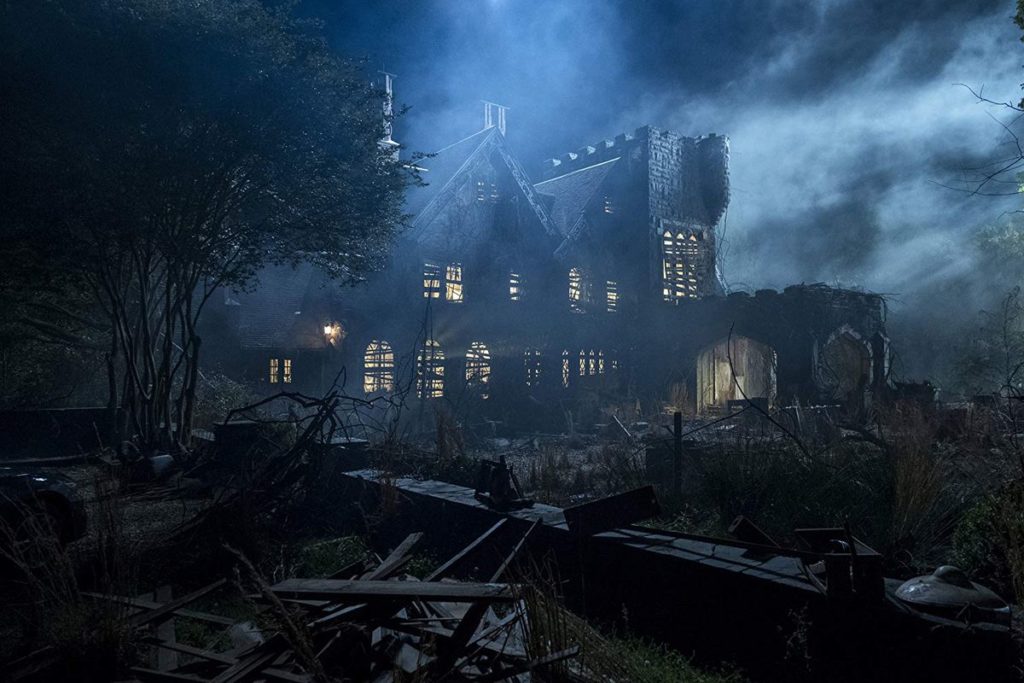
When I first saw this opening scene of Mike Flanagan’s The Haunting of Hill House back in 2018; in all honesty, I thought it would be another cliché horror film with a haunted house. Would you blame me? Any mention of eerie old mansions brings at least a dozen of different images to mind of old New England homes, reminiscent of so many classic horror films. I’m happy to say, I was completely wrong.
Another cliché comes to mind: “don’t judge a book by its cover”, and funny enough, The Haunting of Hill House is based on a book by Shirley Jackson, by the same name, and is considered by some, the best literary ghost story to be ever written. Not only for its ability to divert from expectation, but to redefine the ghost genre altogether. Hill House uses those ghost stories in Jackson’s novel and flips the reality of mental issues on its head.
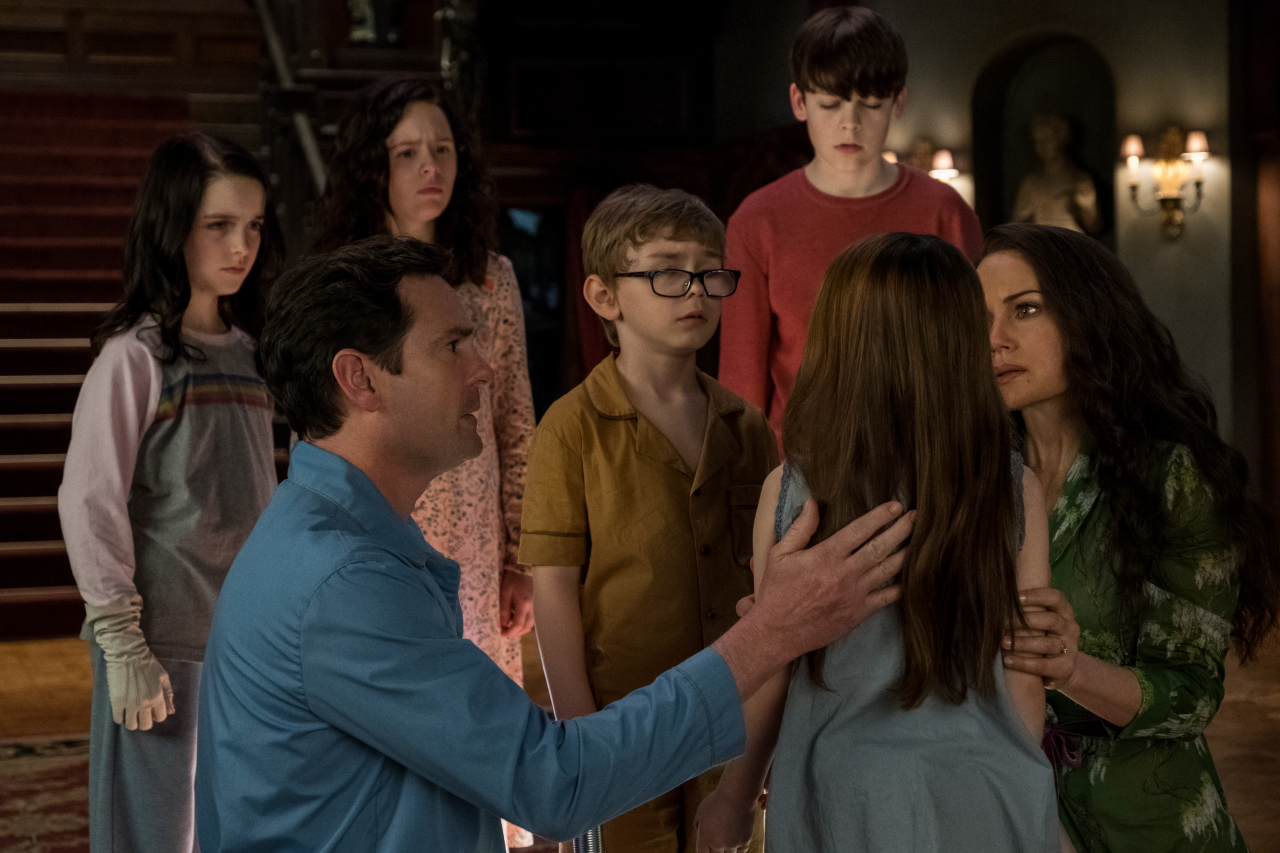
In this story, the focus is on the loveable and tragic Crane family, specifically, on the siblings: Steven, Shirley, Theo, and the twins, Luke and Nell. Each kid will melt your heart, and as adults, you sympathize with them even more for this reason. The audience hops on the emotional rollercoaster with the Crane family right from the get-go, as you feel the highs and lows on this horror ride, from two different time periods: modern day to the past of Hill House.
Their parents, Hugh and Olivia (Liv), move the siblings to Hill House, as a way to reap the financial benefits of “flipping” Hill House and spruce it up for profit. As one might expect from a horror story, all doesn’t go to plan. Their mother, Liv, dies at Hill House, but the siblings never find out what actually happened to her. When it comes down to it, this isn’t really a ghost story, but a story of how a family grapples with mental health issues and their methods to overcome their past trauma.
At first glance, we are introduced to the Crane family with an initial focus on Steven Crane. Out of the five children, he is the least traumatized, but becomes the “observer”, protector, and more helpless out of the siblings. He observes his siblings, and their grief and tries to help them through their troubles. Each sibling finds a coping mechanism for their trauma; Steven has his through writing. Stemming from the book origins for the TV series, Steven writes his first book based on Hill House.
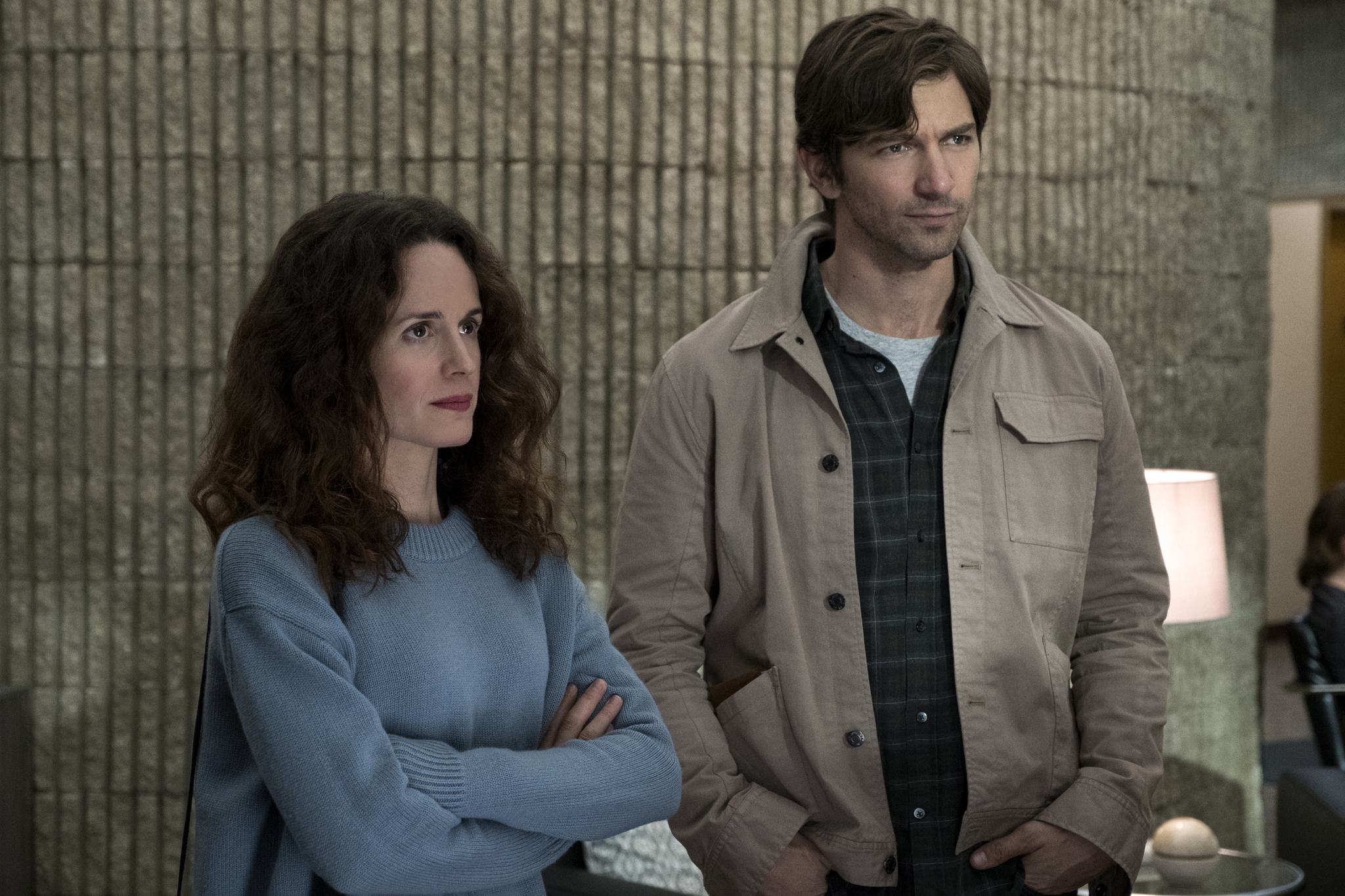
Shirley Crane, the second eldest sibling, also copes through her profession. Within the vein of horror, Shirley owns a funeral home, where she prepares the dead for their loved ones. Shirley has the desire to “fix” others’ loved ones, like her father, Hugh. Ironically, as she tries to make dead corpses look “perfect”, she tries to keep a “perfect” façade in her life, even though there are troubles underneath the surface.
Taking a juxtaposition, the story then focuses on Theo, a cluvie character representing the LGBTQ+ community, and the middle child in the Crane family. Theo is different from her siblings, and she discovers a supernatural gift while uncovering a mystery about the Hill House’s basement. She discovers her supernatural capabilities: to absorb memories and feelings of others through touch. Like her older siblings, she takes on a profession that protects and manages her trauma, and uses her powers to help other traumatized children. The irony with Theo is that she builds up walls to protect herself because sometimes, the feelings of others are too overwhelming.
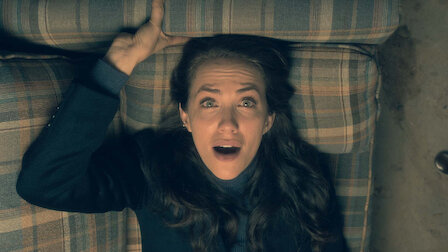
We see all of the siblings building walls throughout the series, but the twins Luke and Nell, fail to build up boundaries and are the most traumatized by Hill House. As the series continues, we understand more about why they are so traumatized. Luke keeps seeing a mysterious top-hat man in adulthood, which reminds him of the terror he experienced at Hill House. Likewise, his twin, Nell, also is haunted by a ghost of her own: the Bent-Neck Lady.
Before the conclusion of the series, we feel for both Nell and Luke, as they struggle through horrific tragedy in their adult lives, as perpetuated by the horror at Hill House. The series shows how these two suffer from mental health problems, as Luke struggles to survive drug addiction and Nell struggles with depression that leads to her suicide.
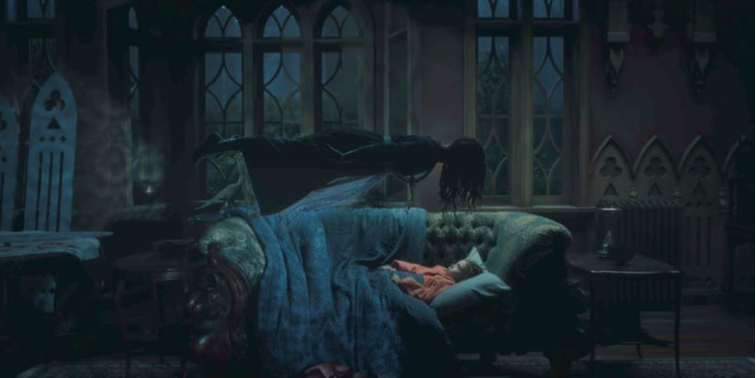
Ultimately, the house acts as a parasite feeding off its residents’ fears and traumas; manipulating each character to stay within its walls and never leave.
Hill House is a masterpiece in the horror genre, and it deserves recognition for its depiction of cluvies such as Theo Crane, and other characters who suffer from mental illness. It diverts our cliches of what mental health looks like in a family by, interpreting trauma through fantasy and horror. The line between reality and insanity is blurred distinctly amongst all the Crane siblings. The ghosts really aren’t the only thing that haunts Hill House. The Haunting of Hill House, proves that trauma really is the scariest ghost itself.

Related lists created by the same author
'Living' dives into many themes that we can all understand regardless of our cultural backgrounds. We can see this through the shared similarities between 'Ikiru' and 'Living'.